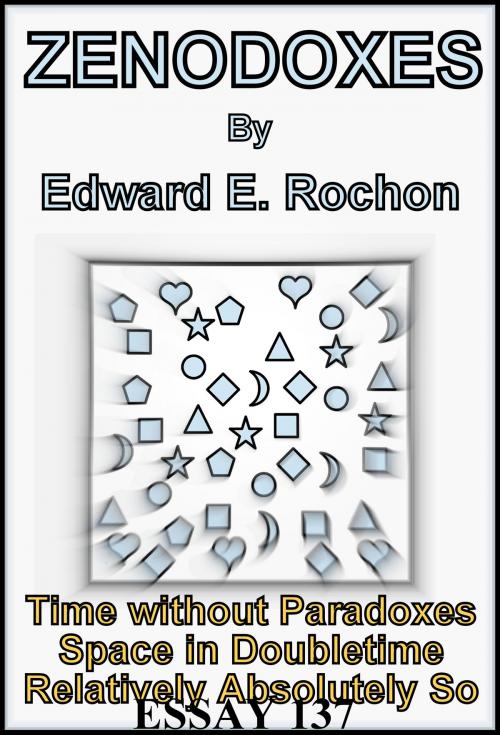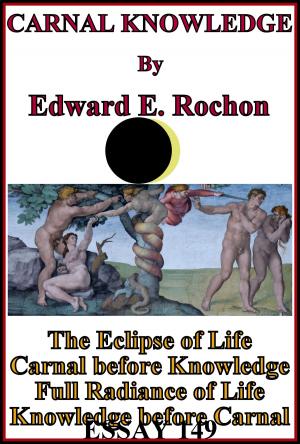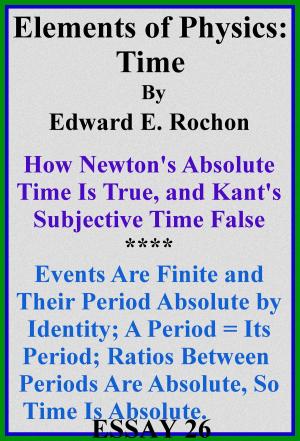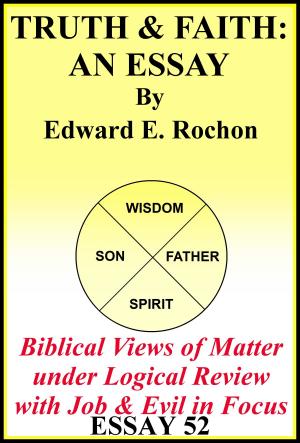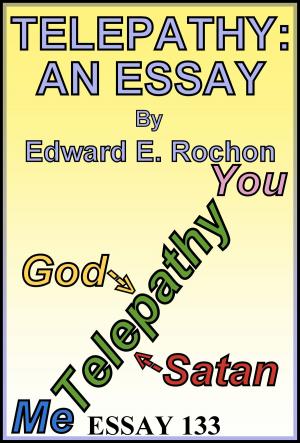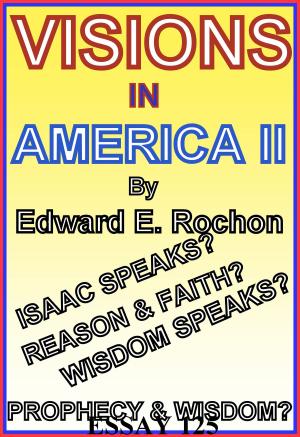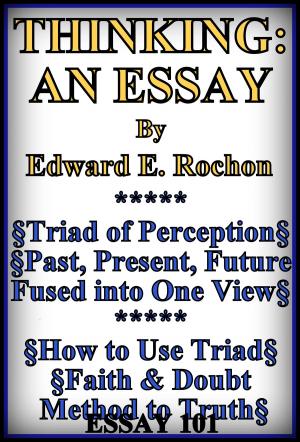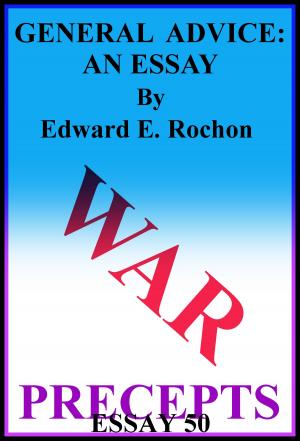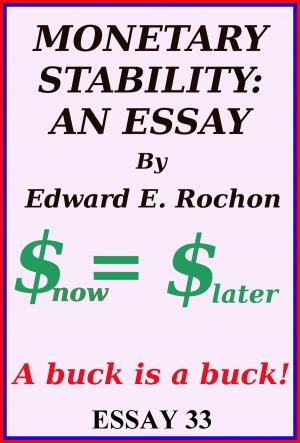| Author: | Edward E. Rochon | ISBN: | 9781370118243 |
| Publisher: | Edward E. Rochon | Publication: | July 26, 2017 |
| Imprint: | Smashwords Edition | Language: | English |
| Author: | Edward E. Rochon |
| ISBN: | 9781370118243 |
| Publisher: | Edward E. Rochon |
| Publication: | July 26, 2017 |
| Imprint: | Smashwords Edition |
| Language: | English |
A brief preface describes scope of essay and what Zenodoxes are. They contrast with Zeno's Paradoxes, the opposite of. Chapter 1 deals with absolutes of time, space and finite values. It explains why 'everything is relative' is bunk. It uses the identity of philosophy to show absolutes do and must exist. Materialism and Idealism are attacked as schemes of reality. Chapter 2 discusses how relative and absolute merge and diverge, using the money supply as a means of doing so. Chapter 3 refutes the modern notion that parallel lines do not exist (converging at infinity) and demonstrates that in fact curved lines only exist as polygonal finite increments of n-sides of straight lines. Chapter 4 discusses ordinal and cardinal numbers, why ordinals can be just infinite and cardinal numbers cannot, despite the general rule of one to one correspondence of ordinals to cardinal numbers.
A brief preface describes scope of essay and what Zenodoxes are. They contrast with Zeno's Paradoxes, the opposite of. Chapter 1 deals with absolutes of time, space and finite values. It explains why 'everything is relative' is bunk. It uses the identity of philosophy to show absolutes do and must exist. Materialism and Idealism are attacked as schemes of reality. Chapter 2 discusses how relative and absolute merge and diverge, using the money supply as a means of doing so. Chapter 3 refutes the modern notion that parallel lines do not exist (converging at infinity) and demonstrates that in fact curved lines only exist as polygonal finite increments of n-sides of straight lines. Chapter 4 discusses ordinal and cardinal numbers, why ordinals can be just infinite and cardinal numbers cannot, despite the general rule of one to one correspondence of ordinals to cardinal numbers.
